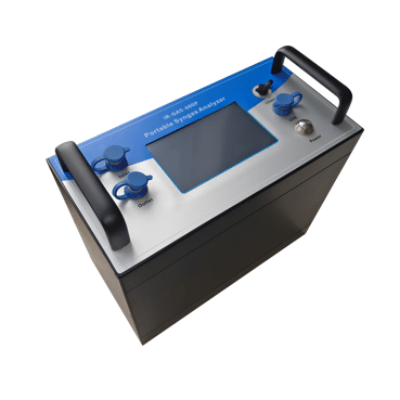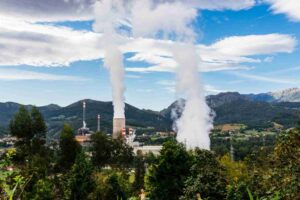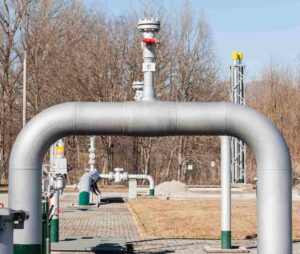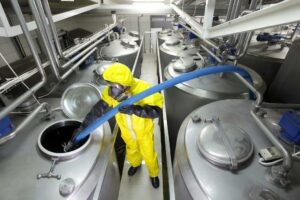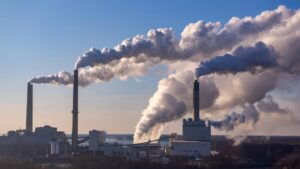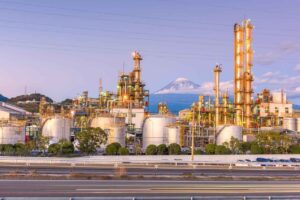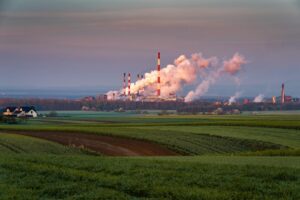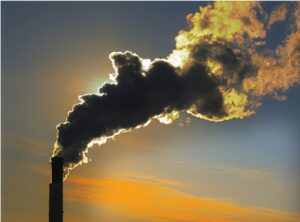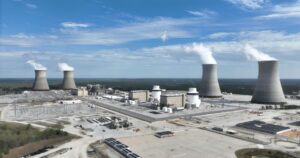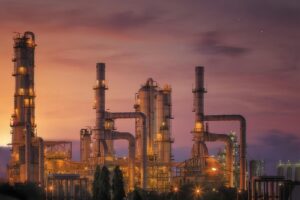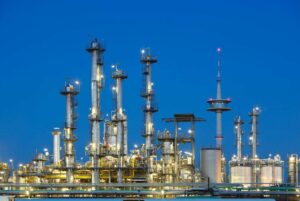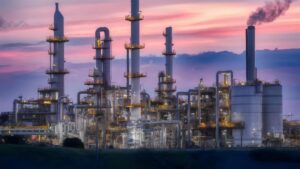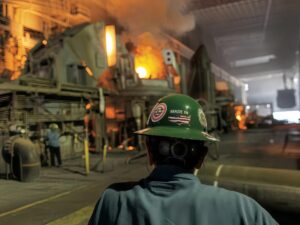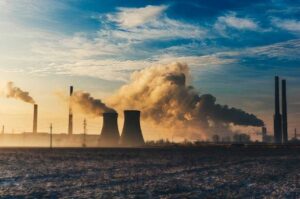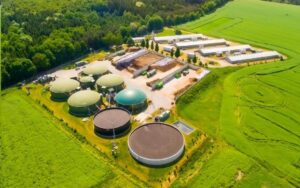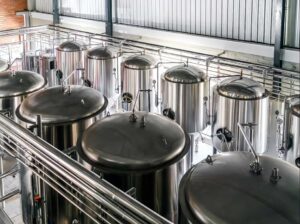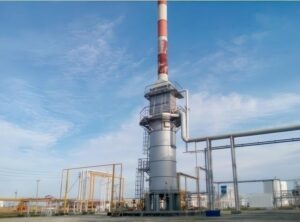Agriculture, the bedrock of human civilization, feeds billions and sustains livelihoods worldwide. Yet, as our understanding of environmental impacts grows, so too does the scrutiny on the sector’s contribution to greenhouse gas (GHG) emissions and other atmospheric pollutants. From the methane belched by livestock to the nitrous oxide released from fertilized fields, agricultural emissions are a significant piece of the global climate puzzle. But how do we accurately measure these invisible gases, understand their sources, and develop effective mitigation strategies? The answer, increasingly, lies in the sophisticated technology of gas analyzers.
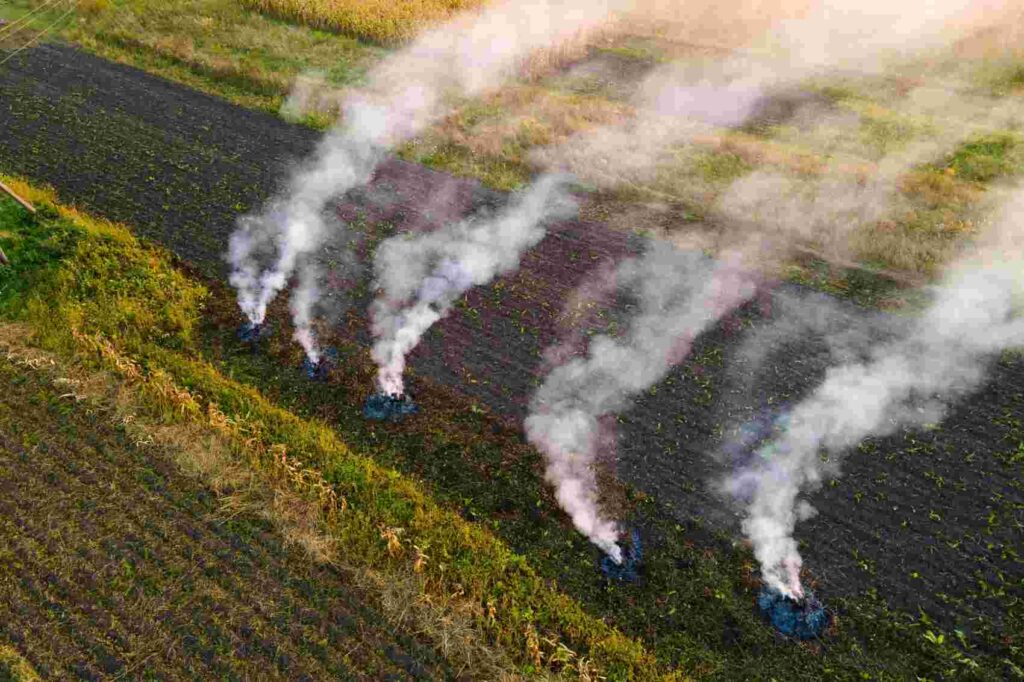
The Invisible Challenge: Why Agricultural Emissions Matter
Before diving into the “how,” let’s briefly touch on the “why.” Agricultural emissions are complex and diverse, stemming from various on-farm activities:
- Methane (CH4): Primarily from enteric fermentation in ruminant livestock (cows, sheep) and manure management. Methane is a potent greenhouse gas, with a global warming potential significantly higher than CO2 over a 100-year period.
- Nitrous Oxide (N2O): Largely a byproduct of nitrogen fertilizer use in soils, but also from manure management. N2O is an even more powerful GHG than methane and also contributes to stratospheric ozone depletion.
- Ammonia (NH3): While not a direct GHG, ammonia contributes to air pollution, the formation of fine particulate matter, and acidification of ecosystems. Major sources include livestock housing, manure storage, and fertilizer application.
- Carbon Dioxide (CO2): While CO2 emissions from agriculture are often less discussed than methane or nitrous oxide (as plants naturally absorb CO2), land use change, fossil fuel consumption in farm machinery, and some soil processes can contribute.
Accurately quantifying these emissions is crucial for several reasons:
- Climate Change Mitigation: Understanding emission sources and magnitudes allows for targeted interventions to reduce the agricultural carbon footprint.
- Environmental Protection: Monitoring ammonia and other pollutants helps prevent air and water quality degradation.
- Policy Development: Reliable data is essential for informed policymaking, carbon accounting, and international climate agreements.
- Farm Management Optimization: Farmers can use emission data to optimize practices, improve efficiency, and potentially identify new revenue streams (e.g., carbon credits).
The Power of Precision: Enter Gas Analyzers
Historically, agricultural emission estimates often relied on generalized models and emission factors. While useful for broad assessments, these methods can lack the specificity needed for precise on-farm measurement and real-time monitoring. This is where gas analyzers come into their own.
Gas analyzers are sophisticated instruments designed to detect and quantify the concentration of specific gases in a sample. They come in various forms, each leveraging different scientific principles to achieve high accuracy and sensitivity. For agricultural applications, these devices are becoming indispensable tools for researchers, policymakers, and increasingly, innovative farmers.
How Do Gas Analyzers Work? A Glimpse Behind the Science
The ability of gas analyzers to detect and quantify invisible gases hinges on fundamental principles of physics and chemistry. For agricultural emissions, two particularly powerful techniques stand out: Infrared Spectroscopy (IR) and Laser Absorption Spectroscopy (LAS). Both rely on how molecules interact with light, but they do so with different levels of precision and application.
Infrared Spectroscopy (IR): The Molecular Fingerprint Reader
Infrared Spectroscopy (IR) is a widely used and versatile technique for identifying and quantifying gases. Its core principle is elegant: many gas molecules, including the key greenhouse gases like carbon dioxide (CO2), methane (CH4), and nitrous oxide (N2O), absorb infrared radiation at specific, unique wavelengths. Think of it like a molecular fingerprint – each gas has a distinct pattern of wavelengths it absorbs.
Here’s how it generally works:
- Infrared Source: An IR analyzer starts with a source that emits infrared light. This can be a heated filament or a more specialized lamp.
- Sample Cell: The emitted IR light then passes through a chamber, known as the sample cell, which contains the gas mixture you want to analyze (e.g., air from a livestock barn or soil chamber).
- Wavelength Selection/Detection: As the infrared light travels through the sample, some of its energy at specific wavelengths is absorbed by the target gas molecules. The remaining light then reaches a detector.
- Signal Analysis: The detector measures how much light passed through without being absorbed. By comparing the intensity of the infrared light before and after passing through the sample, the analyzer can determine how much light was absorbed at those specific “fingerprint” wavelengths. The amount of light absorbed is directly proportional to the concentration of the target gas in the sample. More absorption means higher concentration.
Types of Infrared Spectroscopy relevant to agricultural emissions:
- Non-Dispersive Infrared (NDIR) Spectroscopy: This is perhaps the most common and robust IR technique for gas analysis.
- How it works: NDIR instruments typically use a broadband infrared source and a detector with optical filters placed in front of it. These filters are specifically designed to allow only the wavelengths of light absorbed by the target gas to pass through to one detector, while a reference wavelength (not absorbed by the target gas) goes to another. By comparing the signals from these two detectors, the concentration of the target gas can be determined.
- Advantages: NDIR sensors are generally cost-effective, durable, and relatively simple to operate, making them suitable for continuous monitoring in various agricultural settings, like measuring CO2 in greenhouses or CH4 in animal housing.
- Limitations: While effective, NDIR can sometimes suffer from cross-interference (other gases absorbing at similar wavelengths) and may not be as precise for very low concentrations.
IR-GAS-600 series gas analyzer is an infrared gas analyzer independently developed by our company for environmental monitoring and industrial site emission gas analysis. The analyzer mainly measures CO, CO2, CH4 ,N2O and O2 gas concentrations, and has the characteristics of high measurement accuracy, high stability and reliability and fast response time.
IR-GAS-600 this model high-stability infrared detectors for simultaneously measuring CO, CO2, and CH4. H2 always reads correctly, independent of the background gas composition. An optional non-depleting paramagnetic sensor can be used to conduct O2 analysis. All sensors/detectors are temperature-controlled or temperature-compensated for maximum analytical stability.
Both types of analyzers are available with analysis of:
- Carbon Monoxide (CO) via infrared detector
- Carbon Dioxide (CO2) via infrared detector
- Oxygen (O2) via electrochemical sensor or optional paramagnetic
- Methane (CH4) via infrared detector
☑ Measure COppm+CO2+CH4ppm+N2Oppm in the one unit
☑ Measure CO%+CO%+CO2%+CH4%+CnHm% in the one unit
- Fourier Transform Infrared (FTIR) Spectroscopy: This is a more advanced and powerful IR technique.
- How it works: Instead of filtering specific wavelengths, FTIR uses an interferometer to modulate the infrared light. It collects an “interferogram” – a complex signal that contains information about all wavelengths simultaneously. A mathematical process called a “Fourier Transform” then converts this interferogram into a complete infrared spectrum, showing absorption across a wide range of wavelengths.
- Advantages: FTIR can simultaneously measure multiple gases with high accuracy and precision, as it captures the entire molecular fingerprint for each gas. It’s also less susceptible to interference than NDIR and provides a wealth of information.
- Limitations: FTIR instruments are generally more complex, larger, and significantly more expensive than NDIR systems, often used for research-grade applications or when detailed multi-gas analysis is crucial.
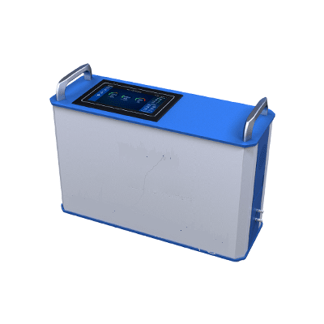
ESE-FTIR-100P portable FTIR gas analyzer can monitor various kinds of components in the emission, such as SO2,NO, NO2, CH4, HCl, HF, CO, CO2, O2, H2O. According to actual measuring need, it can be extended to measure other components, like SO3, N2O and etc. This portable system mainly comprises FTIR analyzer and sampling probe. It has features of high measurement accuracy, wide dynamic range and low detection limit.
Laser Absorption Spectroscopy (LAS): Precision with Light
Laser Absorption Spectroscopy (LAS) takes the principle of light absorption to a new level of precision. Instead of using a broad spectrum of infrared light, LAS employs lasers – highly monochromatic (single-wavelength) and coherent light sources. This allows for incredibly specific and sensitive measurements.
Here’s the core idea:
- Tunable Laser Source: An LAS analyzer uses a laser that can be precisely tuned to emit light at the exact, characteristic absorption wavelength of the target gas molecule.
- Absorption by Target Gas: When this precisely tuned laser light passes through a gas sample, only the target gas molecules will efficiently absorb the laser energy. Because the laser’s wavelength is so specific, interference from other gases is drastically reduced.
- Light Measurement: A detector measures the intensity of the laser light after it passes through the sample.
- Concentration Determination: A decrease in the laser light’s intensity indicates the presence and concentration of the target gas. The stronger the absorption, the higher the concentration.
Key types of Laser Absorption Spectroscopy for agricultural applications:
- Tunable Diode Laser Absorption Spectroscopy (TDLAS): This is the most common form of LAS used in gas analyzers for agricultural emissions.
- How it works: TDLAS systems use diode lasers (similar to those found in CD players, but designed for specific IR wavelengths) that can be “tuned” by changing their temperature or current. The laser’s wavelength is rapidly scanned across a very narrow range, precisely encompassing a single, strong absorption line of the target gas. The shape and depth of the absorption signal provide a highly accurate measure of the gas concentration.
- Advantages: TDLAS offers exceptional sensitivity and selectivity. It can detect gases at very low concentrations (parts per billion or even trillion levels for some gases) and is highly resistant to interference from other gases. This makes it ideal for measuring trace gases like N2O or for highly accurate CH4 measurements. TDLAS systems can also be very fast.
- Limitations: TDLAS instruments are generally more expensive and complex than NDIR systems due to the precision required for the laser and optical components.

TDLAS is essentially a spectral absorption analysis technology, which uses the selective absorption characteristics of gas molecules for specific wavelength lasers, and analyze the changes in the intensity of laser absorption to obtain the gas concentration. TDLAS spectroscopic absorption method can directly measure the concentration of ammonia gas, and can realize accurate measurement from % to ppb.
☑ ESE-LASER-100 Ammonia (NH3) Gas Analysis System
☑ ESE-LASER-100P Portable Ammonia (NH3) Gas Analyzer
☑ ESE-LASER-500 Trace Ammonia(NH3)Gas Analyzer
☑ ESE-LASER-10M Ammonia(NH3) Gas OEM Module
In summary, while IR and LAS both leverage the principle of molecular absorption of light, LAS, particularly TDLAS, offers a significant leap in precision and sensitivity by using highly specific laser light sources. This makes it invaluable for demanding applications where even tiny concentrations of gases need to be accurately measured, such as monitoring subtle changes in soil N2O emissions or precise livestock methane studies.
Applications in the Field: Where Gas Analyzers Make a Difference
The practical applications of gas analyzers in agriculture are vast and growing:
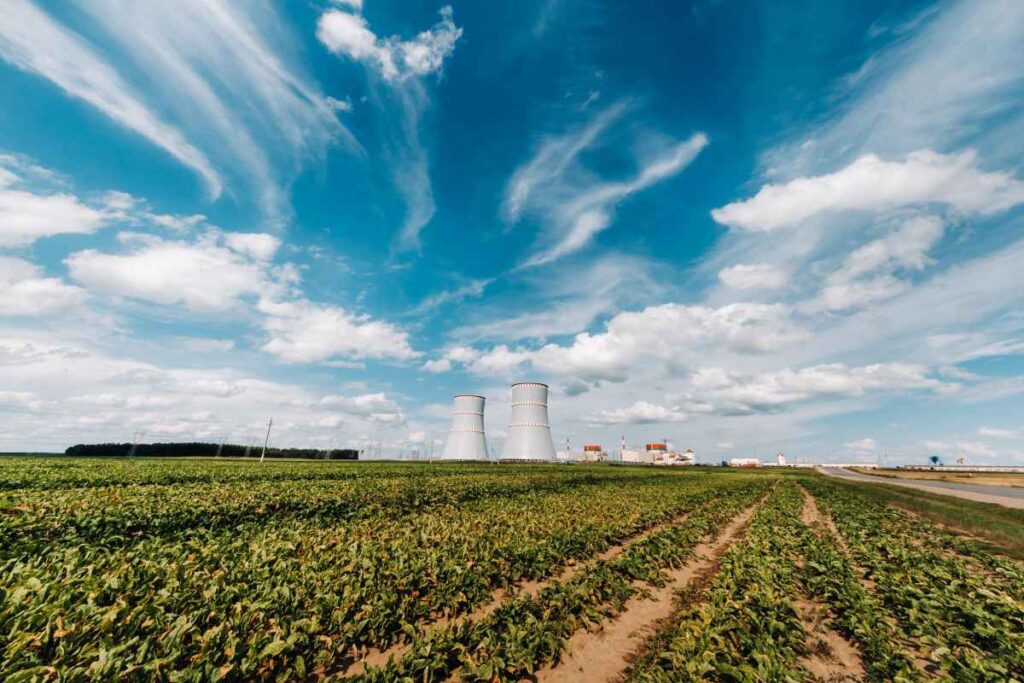
- Livestock Emissions:
- Rumen Cannulation & Respiration Chambers: Animals are placed in sealed chambers, and gas analyzers continuously monitor the CH4 and CO2 in their breath. This allows researchers to study the impact of diet, genetics, and management practices on enteric methane emissions.
- Breath Monitoring: Portable analyzers can directly measure CH4 from individual animals’ breath, providing insights into variations within a herd.
- Barn Monitoring: Analyzers can be deployed in livestock barns to assess overall emissions from the facility, especially important for ammonia and N2O from manure.
- Soil Emissions:
- Static Chambers: Small enclosures are placed on the soil surface, and gas samples are collected over time and analyzed for N2O, CH4, and CO2 flux.
- Automated Chambers: Chambers that open and close automatically, connected to gas analyzers, provide continuous, high-resolution data on soil gas exchange, revealing diurnal and seasonal patterns.
- Eddy Covariance Towers: These advanced systems use fast-response gas analyzers and anemometers mounted on tall towers to measure the turbulent exchange of gases (like CO2, CH4, N2O) between the land surface and the atmosphere over large areas. This provides ecosystem-scale emission estimates.
- Manure Management: Gas analyzers help monitor emissions from manure storage lagoons, composting facilities, and during application, identifying “hot spots” and evaluating the effectiveness of mitigation strategies.
- Crop Fields: Assessing the impact of different fertilizer types, application methods, and crop rotations on N2O emissions.
- Biogas Production: Monitoring the composition of biogas from anaerobic digesters to ensure optimal performance and identify potential issues.
- Precision Agriculture: Integrating real-time emission data with other farm management systems to enable more sustainable and efficient practices.
The Future is Clear: Trends and Innovations
The field of agricultural gas analysis is rapidly evolving:
- Miniaturization and Portability: Smaller, lighter, and more robust analyzers are making it easier to deploy them directly in the field, even on drones or mobile platforms.
- Increased Automation and Remote Sensing: Automated chamber systems and eddy covariance towers reduce the need for manual intervention, providing continuous data streams. Satellite-based remote sensing is also emerging as a complementary tool for large-scale assessments.
- Multi-Gas Analysis: Instruments capable of simultaneously measuring multiple gases are becoming more common, providing a more holistic picture of emission profiles.
- Data Integration and AI: Linking gas analyzer data with other farm data (weather, soil type, feed intake) and leveraging artificial intelligence for predictive modeling and actionable insights.
- Cost Reduction: As technology matures, the cost of these instruments is gradually decreasing, making them more accessible to a wider range of users.
- Focus on Specificity: Development of sensors that can differentiate between different sources of the same gas (e.g., biogenic vs. fossil methane).
Conclusion: Paving the Way for Sustainable Agriculture
Gas analyzers are no longer just laboratory curiosities; they are becoming indispensable tools in the quest for more sustainable agriculture. By providing precise, real-time data on invisible emissions, they empower researchers to unravel complex biogeochemical processes, inform policy decisions, and most importantly, equip farmers with the knowledge and tools to reduce their environmental footprint.
As the global demand for food continues to rise, the challenge of feeding the world while protecting our planet becomes ever more critical. With the power of gas analyzers, we are gaining unprecedented clarity into agricultural emissions, paving the way for innovative solutions that allow agriculture to breathe easy and thrive in a climate-conscious future. The air we breathe, and the planet we inhabit, will undoubtedly benefit from this scientific precision.
If you have any questions, please get in touch with us!




